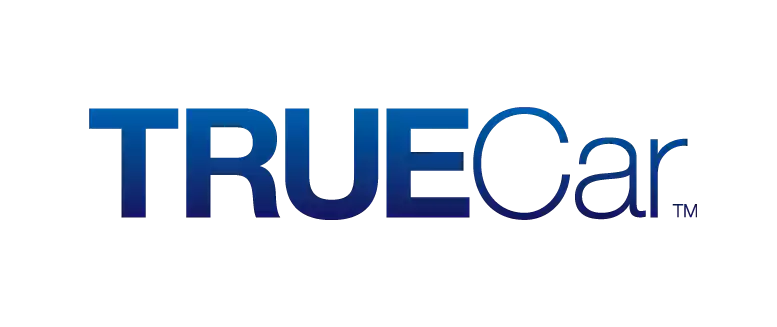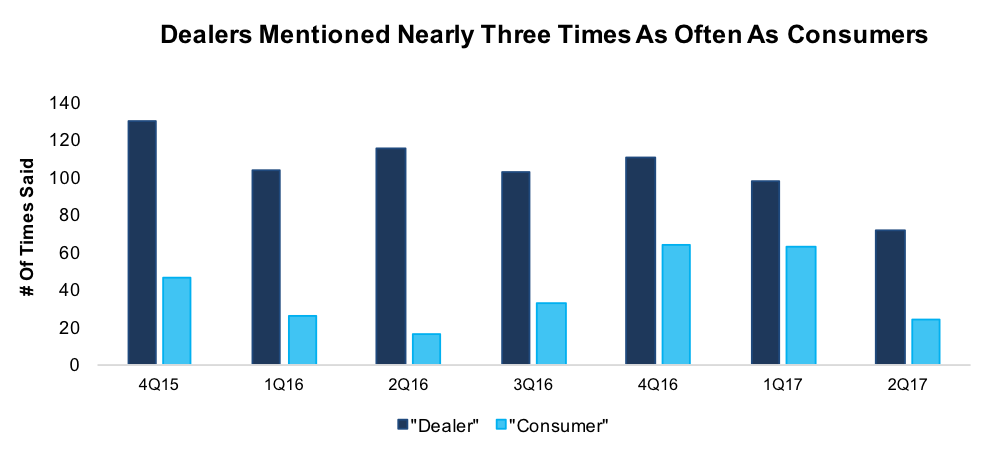The last time we saw a business model as fundamentally flawed as TrueCar (TRUE: $17/share) was four years ago, when we put Angie’s List (ANGI) in the Danger Zone. In fact, TrueCar today looks very similar to Angie’s List in the summer of 2013, just before the stock plummeted over 50%.
Most importantly, TrueCar shares the same fatal flaw that sunk Angie’s List. As a middleman, it has to appeal to consumers while remaining valuable to its actual customers, car dealers. In trying to balance the needs of these two opposing sides, TrueCar is conflicted and struggles to provide value to either.

Scrambling Back And Forth On The See-Saw
No one can serve two masters. Either you will hate the one and love the other, or you will be devoted to the one and despise the other. -Matthew 6:24
TrueCar operates a consumer-facing website that promises to help car buyers find the best price. However, it gets substantially all its revenue from car dealers. TrueCar only gets paid if it’s good for the dealers’ bottom line.
This dichotomy has caused numerous headaches for TrueCar in the past. Early on, the company positioned itself firmly on the side of consumers. Car buyers could easily find the lowest price on TrueCar, and the company ran ads that promoted the stereotype of the sleazy, greedy car dealer.
As a result, the dealers revolted and dropped TrueCar en masse. Founder Scott Painter made an effort to find a balance between consumers and dealers, going so far as to install a giant seesaw in the office with Consumer written on one end and Dealer on the other. Employees would stand on both sides and try to find a balance.
Painter was never able to strike that balance, and in 2015, industry veteran Chip Perry replaced him as CEO. As Figure 1 shows, Perry has heavily prioritized dealers over consumers so far during his tenure.
Figure 1: Number of Times The Words “Dealer” And “Consumer” Have Been Said On Each Earnings Call

Sources: Seeking Alpha Earnings Call Transcripts
In the seven earnings calls Perry has participated in since becoming CEO, executives and analysts on the calls have said the word “dealer” 733 times, nearly three times as often as the word “consumer”. Perry has worked hard to regain the trust of dealers, even at the expense of serving consumers.
“We’re doing that (displaying cars on the website) in a way that enables the dealers to price in a way they can still make money,” Perry said at the National Automobile Dealers Association Convention earlier this year. “We want them to know that you don’t have to be the lowest price, and we’re not promoting the lowest price on TrueCar.”
Under Perry, TrueCar has moved all the way to the dealer side of the seesaw, and it risks leaving consumers high and dry. If TrueCar cannot engage consumers, then how will it add any value to dealers?
Diminishing Value To Consumers
TrueCar made a name for itself by promising to get car buyers the best possible price, which made it an extremely attractive service. Now that the company is more focused on the dealer’s bottom line, it offers significantly less value to consumers.
A quick Google search turns up numerous accounts of consumers who were able to significantly beat the TrueCar price on their own. For instance, one account from April of this year describes the consumer finding a Jeep Cherokee for almost $3,000 cheaper than the TrueCar price at a dealer outside the TrueCar network.
TrueCar still offers a great deal of convenience to car buyers, but it’s hard to imagine that convenience is worth $3,000, especially when consumers can get similar services from competitors such as Kelly Blue Book and Edmunds.com.











Leave A Comment